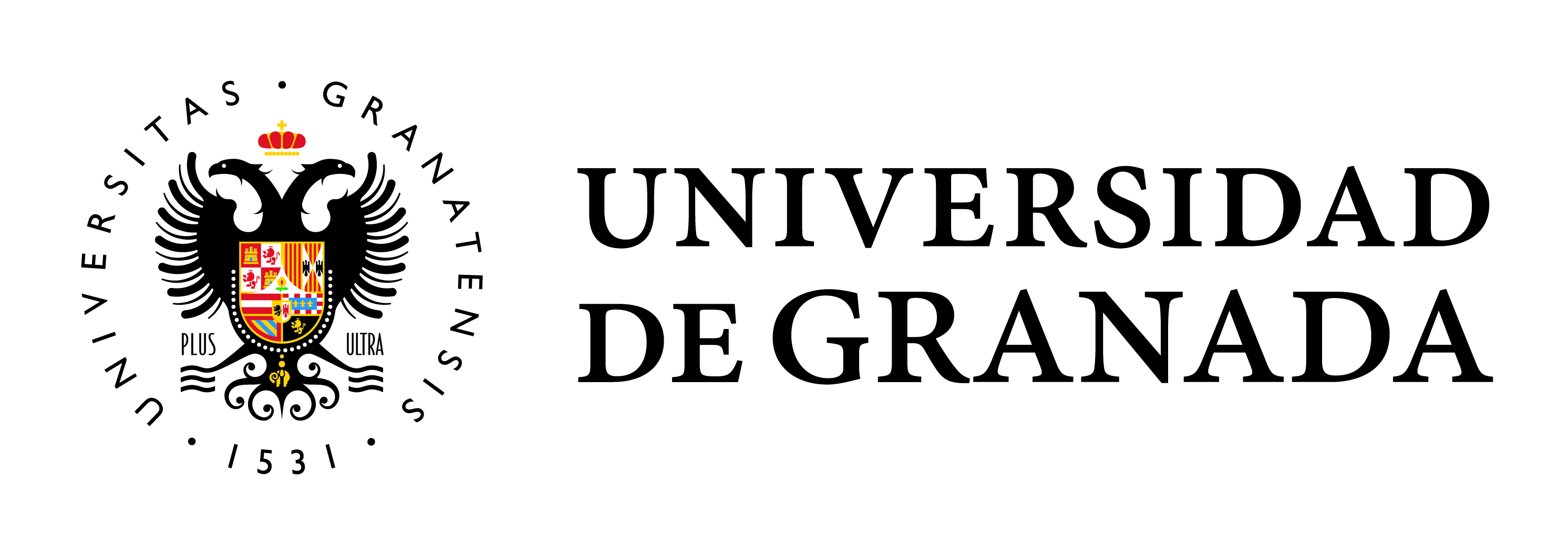From core to peripheral cities: Dynamics of internal migration in Colombia’s metropolitan areas, 1993-2018
Main Article Content
Abstract
In the second half of the 20th century, Colombia underwent a significant shift in internal migration, with peripheral municipalities of metropolitan areas emerging as new centers of attraction in contrast to their core cities. Aiming to validate the persistence of this trend and assess the recent state of internal migration flows, this study, based on data from the 1993, 2005, and 2018 censuses, conducts a comparative analysis of the intensity, growth effects, and redistribution in internal migration dynamics across eight Colombian metropolitan areas. The results reveal a clear transformation: peripheral cities have gained prominence as centers of attraction, while core cities have experienced a relative decline in their appeal, positioning Colombia in a phase of relative decentralization within the suburbanization stage. This phenomenon underscores the importance of understanding the factors driving this spatial reconfiguration, highlighting the central role that interurban flows and metropolitan areas play in the country’s internal migration dynamics. Additionally, the study emphasizes the need for continued research on these processes to improve public policies and urban planning in Colombia and similar territories.


